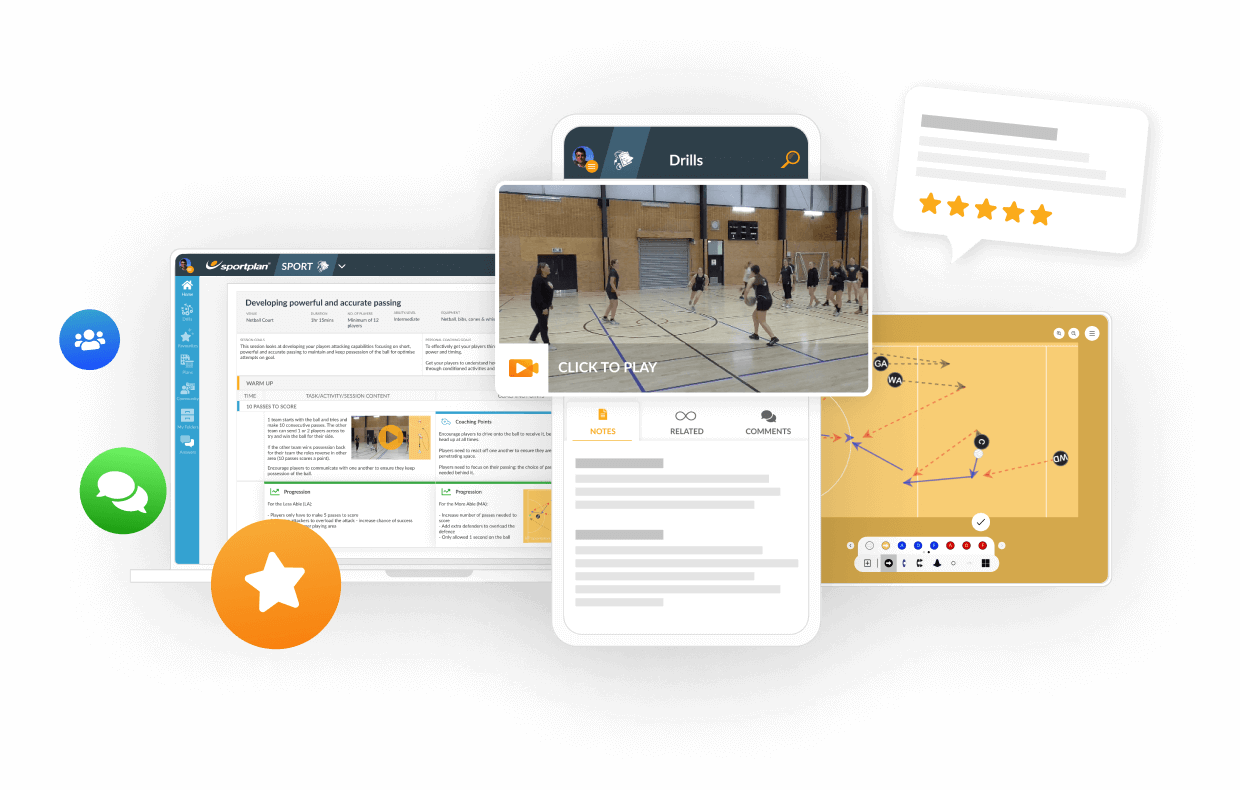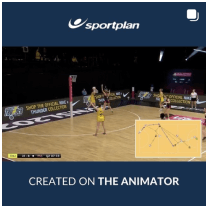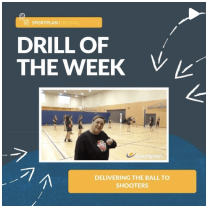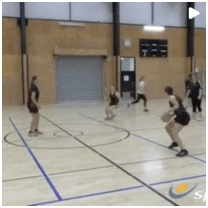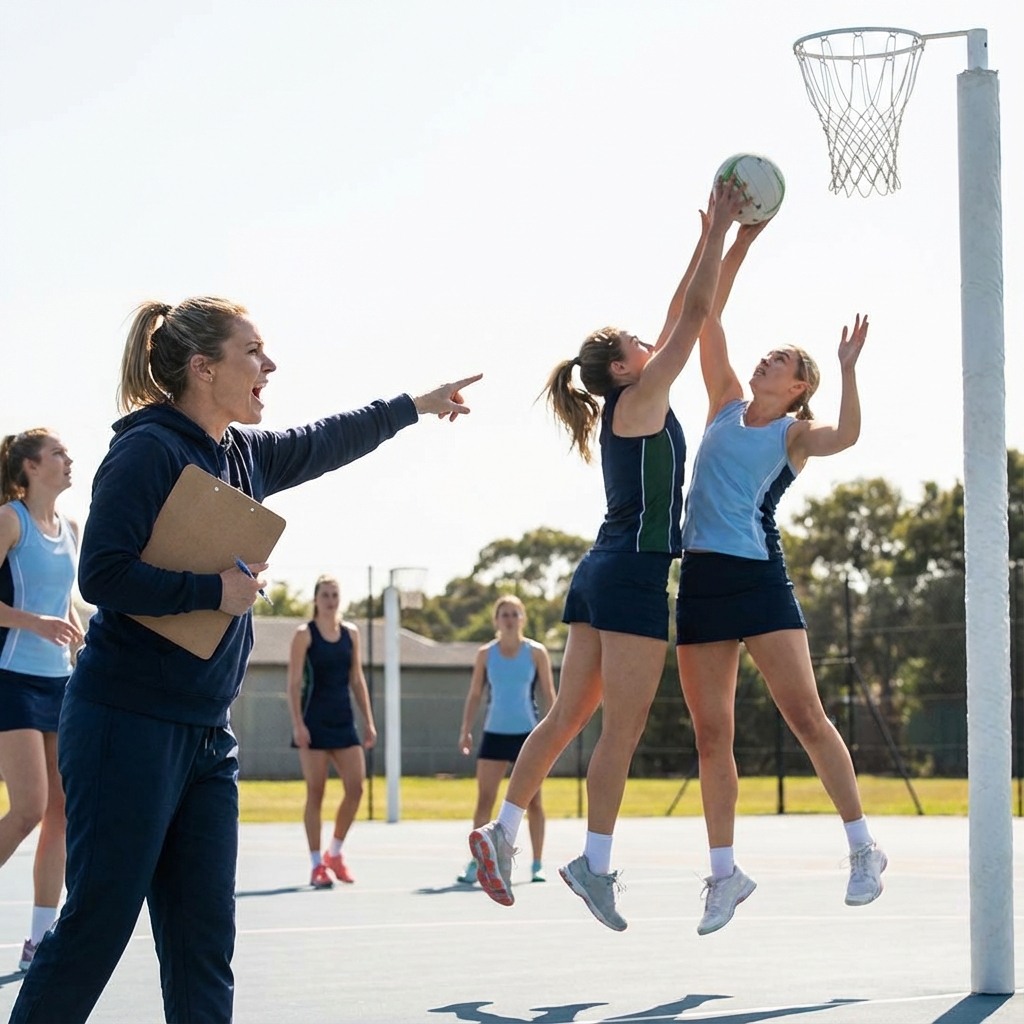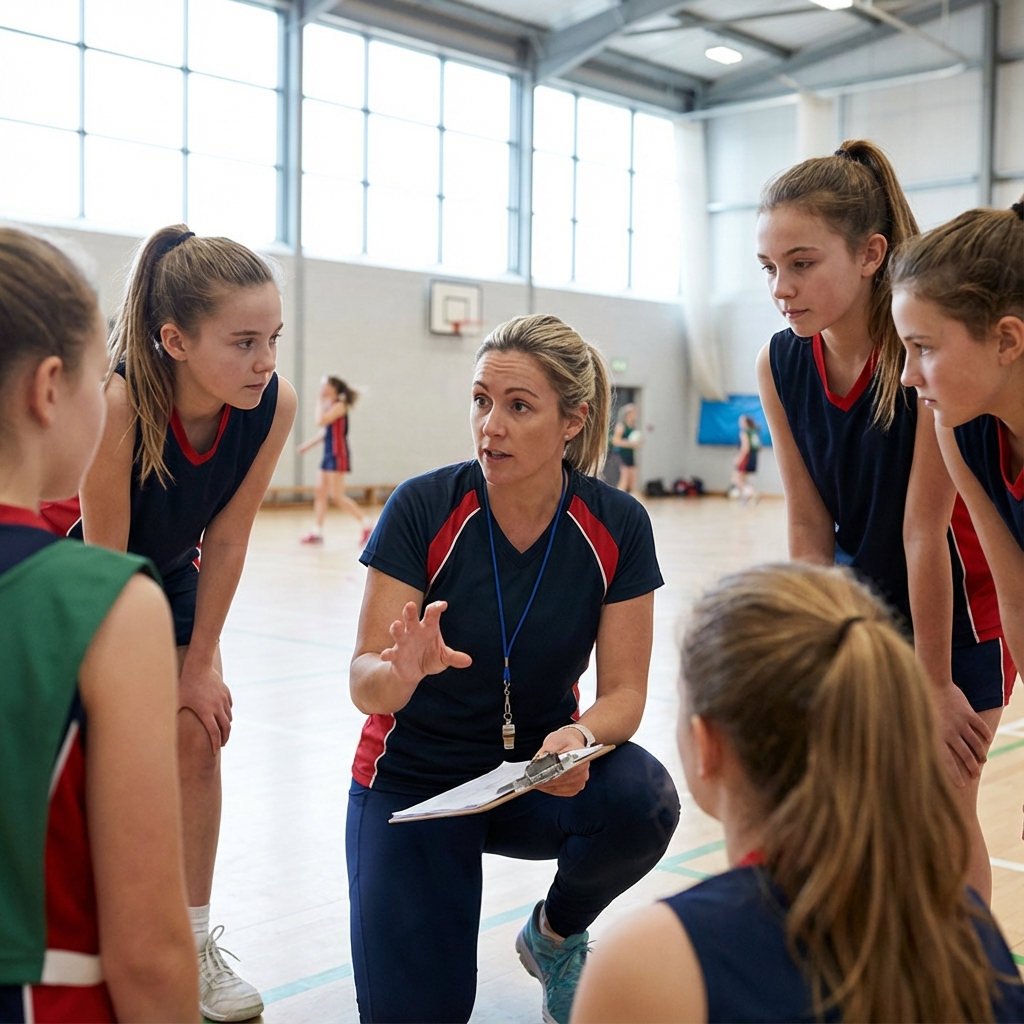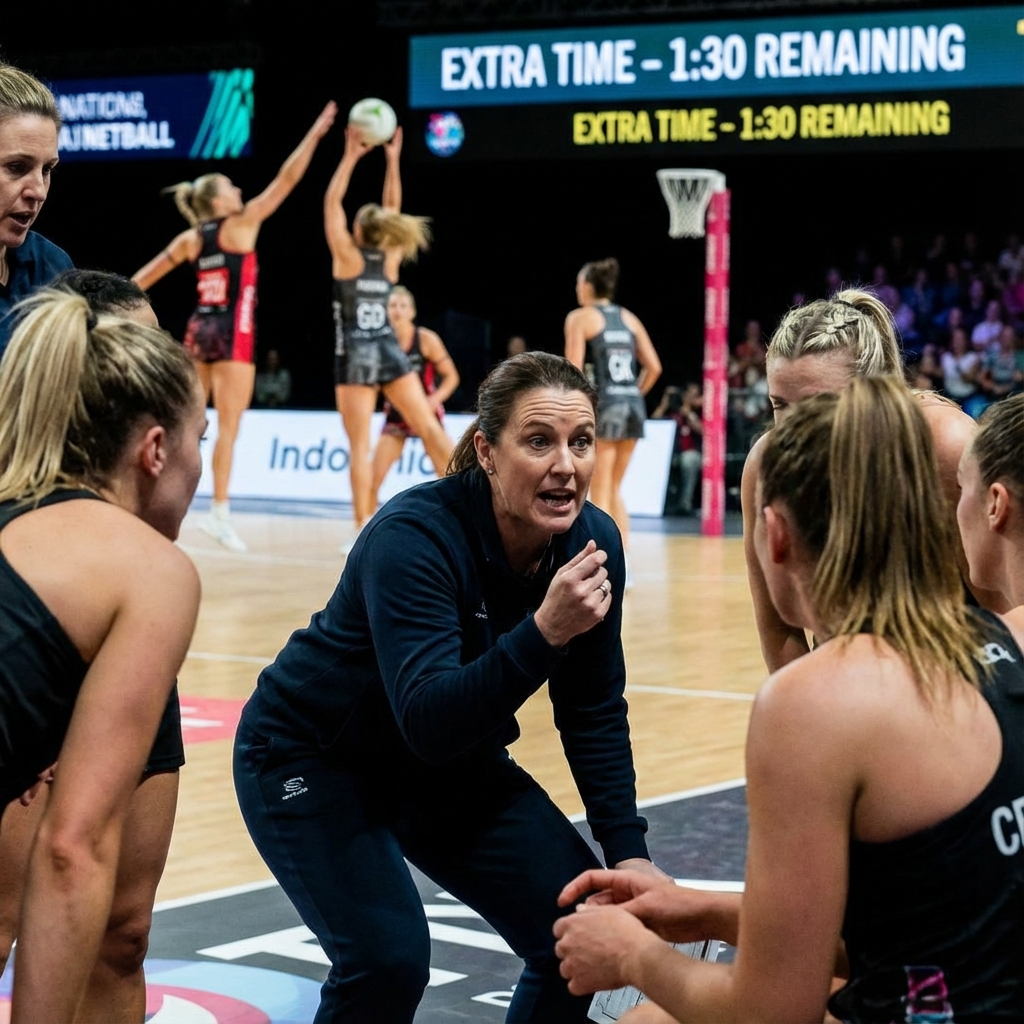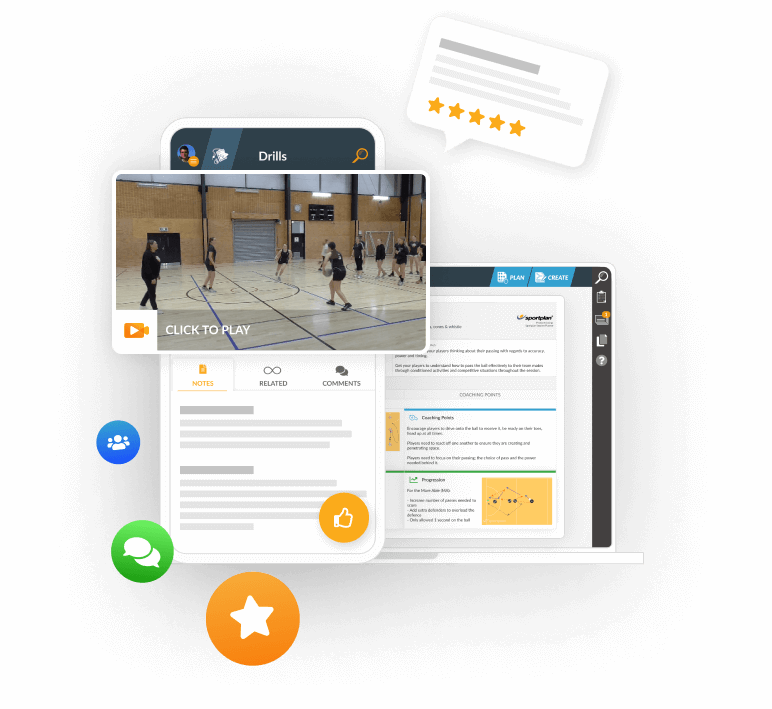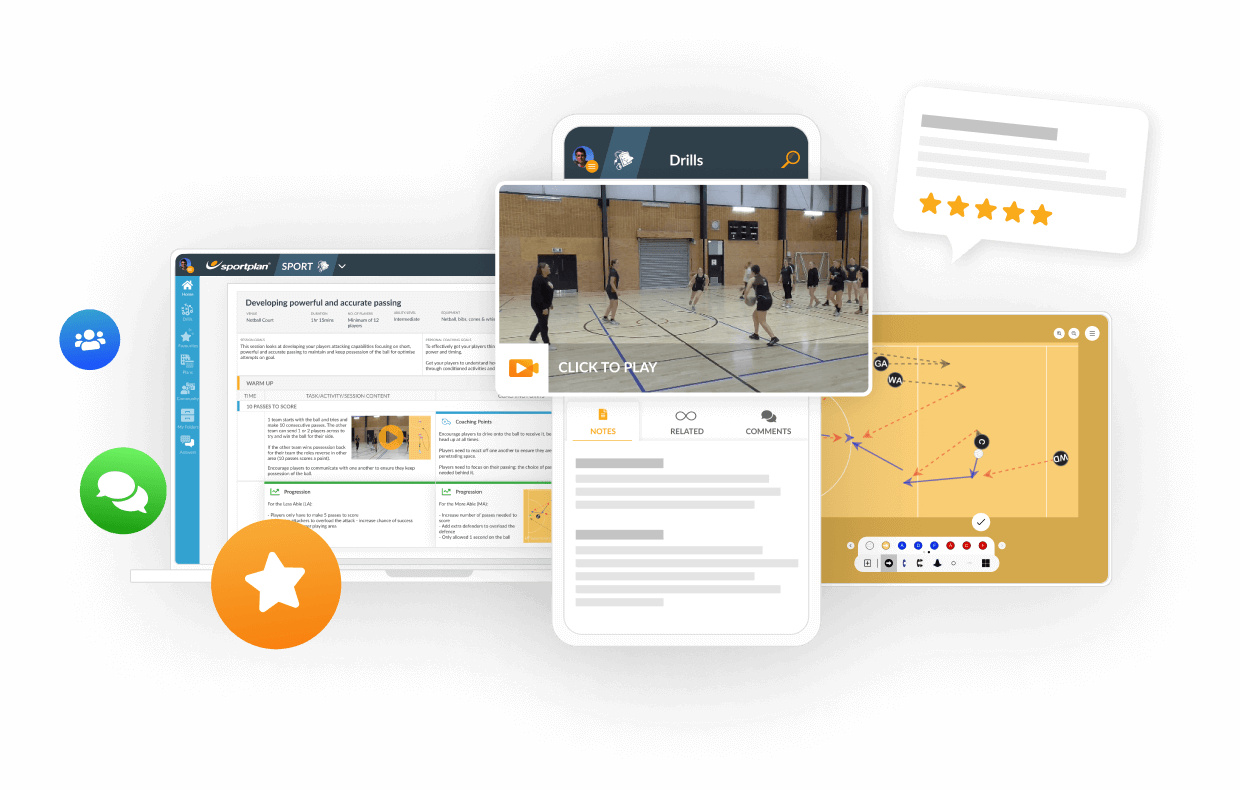hi i jut started playing GK for a local netball team?
hi i jut started playing GK for a local netball team and i am struggling abit, im not sure on what i can and cant do, ie jumping and waving my arms etc plz help
Basics%3A Don't bump/hold on to the post if at all avoidable Make sure you're 3 feet away from the person you're defending BEFORE you put your hands up Always make sure you're aiming to defend the ball, rather than your player's eyes Jumping's fine; just make sure that if you're jumping, you're not accidentally moving forward each time. if you end up closer than 3 feet, you'll get called for obstruction. waving your arms is more of a personal thing (and depends on your umpires to an extent), but as a general rule, you're better off sticking to holding your hand out towards the ball rather than waving; If the umpire thinks you're waving your arms to distract the shooter, then you'll get called for intimidation. If the shooter's moving the ball around all over the place trying to avoid your hand, then it's fine to follow the ball with your hand. If you've got a long reach, don't touch the ball when someone has control of it. Even if you're three feet away, if someone's shooting and you're hand's on the ball before they've released it, you'll get called for contact on the ball. Another rule that doesn't get called very often, but good to know in the back of your mind; you can't block a player's natural shooting action. ie if you happen to be standing right next to the shooter when they get the ball, you need to make sure they can still take their shot, ie you can't be blocking their elbow so they can't get it over their head etc. Top tip%3A If you're not that great/confident at keeping your player behind you when you're defending, ie so they don't just dart out from behind you (personally, I'm rubbish at that), then a really effective way of defending is to face the person you're defending the whole time, i.e. even when they don't have the ball. The person you're defending - whilst they may be free to take a pass straight over your head - will FEEL defended, and they won't call for the ball, because they won't think they're free. Simple technique, very effective, especially for those who are slower/less agile/injured. Something else that can be effective if you're playing against a shooter that's not that accurate at shooting long distances or runs around a lot is to screen them out. If they run out of the goal circle, you can follow them and basically just get in their way when they're trying to dash back to the circle. as long as you keep your hands down by your sides and just block them with your body, this is perfectly legal. Annoying as all get-out to a shooter, but legal. This works inside the circle too; by doing this, you can force them to either shoot from the edges of the circle, or have to pass to someone else instead. just be careful of their foot placement inside the circle; Shooters will often catch the ball and land on both feet, one stretched right towards the ring. You need to be 3 feet away from their grounded foot, which could be either foot. Hope that helps a bit!
The main thing is to not over think things to start with! As youâre new to the position & just learning I would initially say âDonât worry about jumpingâ to block a shot... that can come later with experience. Just concentrate on the simple things first... like getting your 3ft distance (before raising your hands or youâll get penalised for arms before distance!) and applying that hands over ball pressure on the shot. As soon as sheâs taken a shot, turn and stand directly in front of your shooter to block her from making any jump for the rebound. As far as defending the shooter in the circle, the main piece of advice I could give you is to âprotect the postâ â in other words try and put yourself between the shooter & the post forcing a longer shot. The best way to do this is to stand sideways on your player (like a âTâ) placing your body between the player & post. This is also an ideal position to use when learning GK as it automatically leaves your outside arm free to tap away any balls into the shooter. Something to practice... get a team mate to stand still with you on her side, get another team mate to do chest passes to her and you try to tap the ball down then move your feet to retrieve it. Once youâre happy with this try moving your feet forward (so that you are in front of her) to take a 2 handed intercept. Return the pass to the feeder then stand on the other side of your team mate and repeat the drill. (note â always keep your arms down & by your side until you are going for the ball or the umpire will call you for âholdingâ your player) The other advantage of defending this way is that it allows you to know where your player is as well as watch the ball (therefore you donât need eyes in the back of your head!). As a defender you should ALWAYS have eyes for the ball and keep your head up! Once youâve become comfortable with this youâll soon adapt your playing style and figure out what works best for you! And the more comfortable you get the more youâll get to watch the play & read it... leading to the ability to do those speccie intercepts & blocked shots! Youâll learn as you go along and donât drop your head if you keep getting penalised â youâre a defender so itâs going to happen! Just always listen to what the umpire is telling you and try & correct any mistakes sheâs calling you for. If ever you donât understand a call then the umpires are generally more than happy to explain (after the game!!). The only way youâll learn is by getting out there & giving it a go!! Have fun & good luck!
This is what your Positional role is as a Goal Keeper. Speak to your coach, ask what ones you need to work on, ask her how to work on it ( Get drills from her) and choose one or two to concentrate on in a game, master them and then move on ⢠Deny - opposition goal shooters attempts at goal ⢠Work tight spaces ⢠Patrol goal circle with authority keeping goalers away from post ⢠Be able to frustrate goalers into making mistakes ⢠Last line of defence ⢠Specialist skills in footwork, reactive agility ⢠Rebounding ⢠Variety of defence - especially pressure over the ball ⢠be aware of attackers moves and leads ⢠Techniques to combat opposition attacker moves ⢠All round ability in defensive stance techniques ⢠Continually be able to change their stance ⢠Direct opponent to where they want them to be ⢠Keep opposition away from central feeding area ⢠Mentally tough ⢠Resilient, persistent, unforgiving ⢠Patience, applying constant pressure, picking right balls to go for (intercept) ⢠Goal keepers fitness should be better than goal shooters in order to keep on top of them ⢠Largely anaerobic, requiring repeated short burst, multi directional movement ⢠Overhead strength ⢠Agility ⢠Balance & core ⢠Good understanding with goal defence ⢠Communication skills ⢠Quick thinking â read play ⢠First defence at back line throw in ⢠Eyes at back of defensive unit providing vocal cues to both GD & WD ⢠Rebound missed goals
practice your elevation by doing alot of drills involveing jumping...you can use a wall, stand on side and each time you jump to touch aim higher all the time. this will help you to go for those lobs. In goal circle, sometimes you need to stay close to player, so practice defending a pass on an angle,this will make you closer to the ball and not aiming to bang into your opponent.Always remember to use your arm away from your player to deflect the pass.practice bouncing on balls of your feet,this can start on their C pass off...this will get your ready to spring out much quicker then standed flat footed. if you have a player that likes to stand still and move last sec...stay off your player abit more and time your movement to intercept pass.maybe it would be good for you to watch some netball games to get you fimiliar with how other players work.
Hey, GK is about having some fun as well. You get to stick to the shooter, try to keep her away from the post and push her to the outside of the circle. But the best part is being able to sit back and watch the play and going for the intercept when you work out what the other team is doing. Enjoy
The basics of GK, when the goalie is shooting, hold the stretch at the correct distance of 3 ft for the full 3 seconds then turn and block. The turn and block involves stepping into the space in front of the goalie, and turning to face to ring so that the GK is in a good position for rebounds and prevents the goalie from getting a rebound. This is the first thing I teach my under 15's. In generally play, stay on the balls of your feet, generally defend in front of your opponent, on a slight angle so you can see the play as it comes down the court and the GS in your peripheral vision. Try to keep your head up at all times. GK's need good foot work and a decent vertical leap. So agility ladders are great as well as squat jumps.






